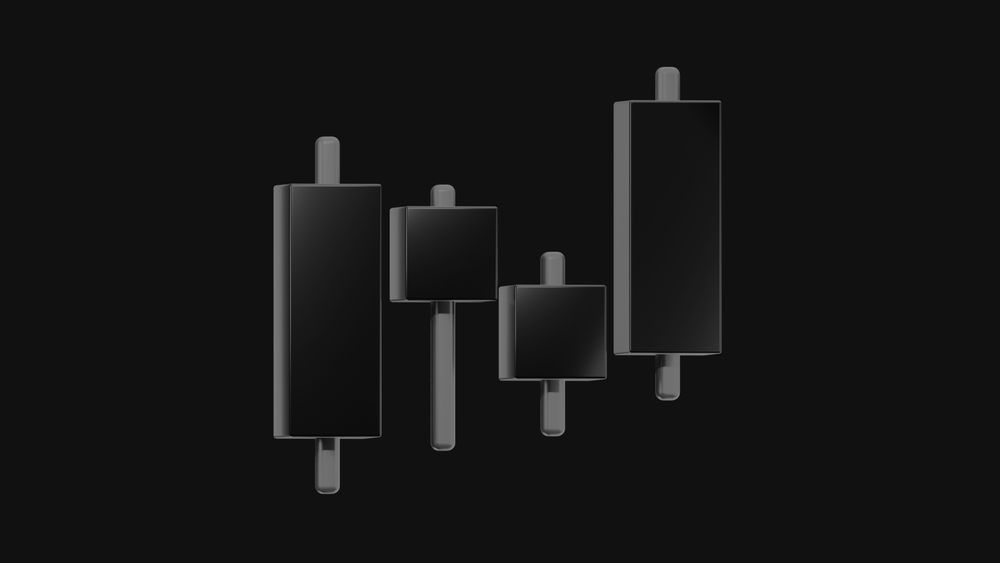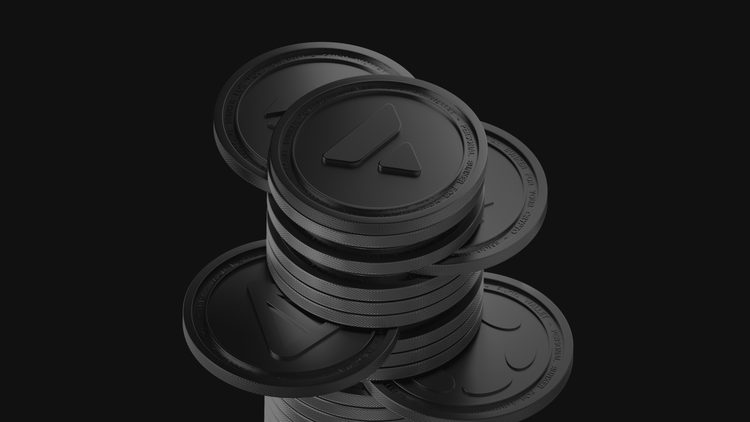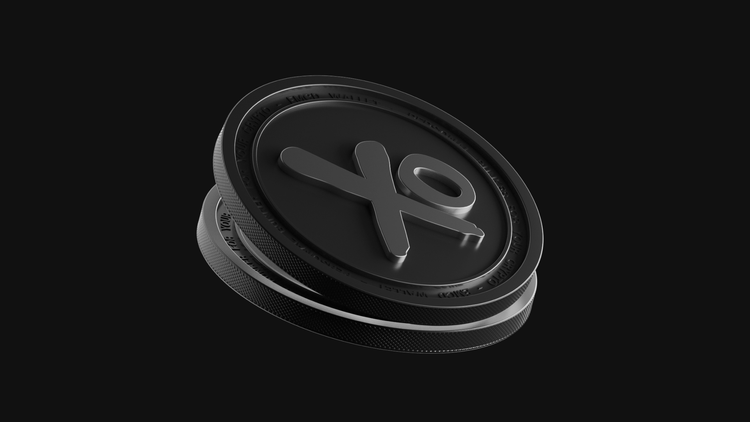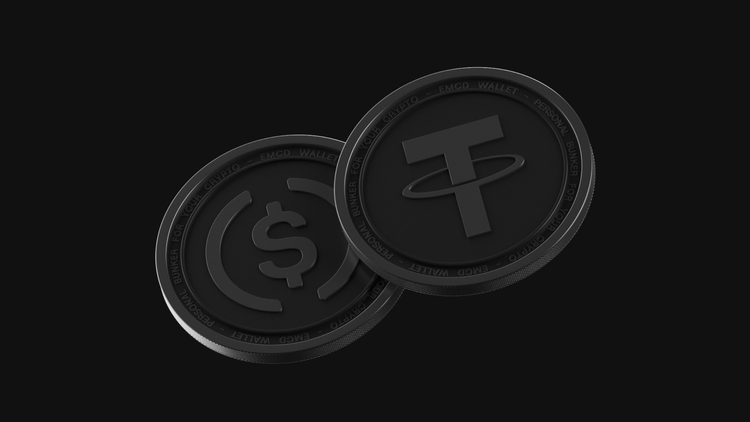Solana Tokens: A Simple Guide to Swapping USDT and USDC

If you’ve ever tried sending stablecoins on Ethereum, then you know the drill: the network is clogged, hefty fees, and your transaction just sits there pending. Solana changes the game. It's a lightning-fast, highly scalable blockchain where USDT and USDC run on the SPL standard, allowing you to send funds in seconds for next to nothing.
Today, Solana-based tokens fuel everything from DeFi and NFT projects to even P2P exchanges. The EMCD platform now supports the Solana network too, so you can swap your USDT and USDC directly, without overpaying or dealing with long delays.
In this guide, you’ll learn how stablecoins work on Solana, which wallets are best for the job, how to pick a DEX with low fees, and how to steer clear of the common mistakes people make when exchanging tokens.
What Are USDT and USDC on the Solana Blockchain?
USDT and USDC are stablecoins pegged to the US dollar value. They’re issued across various blockchains, including Solana, where they operate on the SPL standard. This means your transactions happen in a flash, and the fees are almost nonexistent and often less than a cent.
On Solana, USDT and USDC are ideal for trading, storing, and swapping. They’re a convenient way to lock in profits, protect yourself from market swings, and send money instantly without delays and headaches.
What Makes the SPL Token Standard Special on Solana?
SPL is the token standard built specifically for the Solana network. It defines the rules for how tokens are created, stored, and transferred between users. In simple terms, SPL is a set of instructions that allows smart contracts and wallets to work seamlessly with digital assets on Solana.
Each SPL token lives in its own dedicated account, which stores its owner, quantity, and token type. Thanks to Solana’s high throughput, even during heavy activity, the network stays smooth.
Here are the main benefits of the SPL standard:
- Speed. Transactions are confirmed in a fraction of a second
- Low Fees. While 0.000005 SOL is the theoretical minimum, most standard transactions typically cost between 0.0001 and 0.0005 SOL in practice. During network congestion periods, fees may temporarily rise above 0.0001 SOL
- Flexibility. Supports both stablecoins and NFTs
- Compatibility. Works with any Solana wallet
- Transparency. All data is stored on the blockchain and publicly available
SPL tokens form the foundation of the Solana ecosystem, making it possible to build blazing-fast, low-cost applications without sacrificing capabilities.
Where to Keep and How to Manage USDT and USDC on Solana
The best way to hold your USDT and USDC on Solana is with a non-custodial wallet since this way, you stay in full control of your funds.
The most popular choices are Phantom and Solflare. They’re user-friendly, support SPL tokens, and work smoothly across browsers and mobile devices.
For an added security layer, you can also go with a hardware wallet, making sure your stablecoins stay safe no matter what.
How to Get Your Wallet Ready for Swaps
Swapping USDT and USDC on Solana only takes a few minutes. All you need is an SPL wallet like Phantom or Solflare and a simple setup:
- Install the wallet
- Create an account and save your seed phrase
- Add some SOL to cover network fees
- Send your USDT/USDC to your Solana address
- Connect to a DEX
- Double-check that you’re connected to the Solana network, not a different one
By following these steps, you’ll set up your wallet correctly, skip the common pitfalls, and be ready to swap your crypto safely and smoothly.
How to Swap USDT and USDC on Solana Using Decentralized Exchanges
On Solana, you can easily swap USDT and USDC using DEX (decentralized platforms). It’s a quick, low-cost, and no signup way to swap your crypto.
Here are a few popular DEX platforms for trading USDT and USDC on Solana:
- Jupiter. It’s an aggregator that finds you the best rate across all exchanges
- Orca. It offers simple interface, deep liquidity, and lightning-fast swaps
- Raydium. It’s a hybrid DEX with liquidity pools and order book trading
Let’s find out how to make a swap:
- Connect your wallet
- Choose the tokens you want to trade
- Enter the amount and review the details
- Confirm the transaction
Your tokens will land in your wallet within seconds. Just make sure you’re connected to the Solana network before starting the swap.
Transaction Fees and Processing Speed on Solana
One of the biggest advantages of Solana is its blazing speed and tiny fees. An SPL token swap like USDT or USDC usually costs about 0.0001–0.0005 SOL, often less than a cent.
Fees can occasionally spike during heavy traffic moments, so it’s a good idea to always have at least 0.01 SOL in your wallet. It’ll be enough to cover dozens of swaps.
Solana Token Swaps: Essential Safety Tips
Even on a fast and reliable network like Solana, it’s worth being vigilant. Follow these basic rules to keep your swaps secure:
Use only trusted platforms
- Connect your wallet only on official websites
- Always confirm you’re on the Solana network
- Never click links from chats or emails since this could be phishing
- Never enter your seed phrase on any site except your wallet app
Let’s take a closer look at common mistakes to avoid:
- Sending tokens to the wrong address
- Selecting the wrong network when transferring
- Not having enough SOL for transaction fees
- Swapping tokens on shady or unverified platforms
Stick to these simple precautions, and your tokens will stay safe every time you trade.
FAQ
Which platforms are best for swapping USDT/USDC on Solana?
Jupiter, Orca, and EMCD are top choices. They’re secure, user-friendly, and offer lightning-fast swaps with minimal fees.
Can I use the same wallet for storing and swapping?
Absolutely. Wallets like Phantom or Solflare work both for storage and for connecting to DEX platforms.
Is there a difference between USDT and USDC in terms of reliability on Solana?
USDC is often seen as more transparent, thanks to regular audits by Circle. But both tokens are well-established and widely used across the Solana ecosystem.
What are the typical fees for swaps on Solana?
Usually between 0.0001 and 0.0005 SOL, although fees can briefly rise during the network congestion moments.
What if my tokens don’t show up after a swap?
First, make sure you’re connected to the Solana network and have added the correct SPL token address to your wallet. Sometimes you need to import the token manually.
How can I keep my funds safe when using DeFi on Solana?
Always use trusted platforms, never share your seed phrase, and double‑check the recipient address before sending.
For long‑term storage or larger amounts, consider a hardware wallet. Just make sure the DeFi service you’re using supports it since not every hardware wallet works smoothly with Solana dApps.




